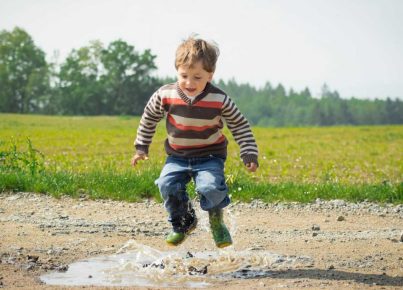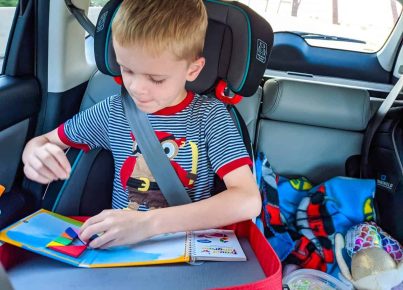Solitary play is one of the initial play stages. Playing independently is a natural step in the development of a kid’s play behavior for a 0-2 year old.
Kids learn through play, and in this stage they have not learned enough from relationships to being able to play with others.
Playing independently gives kids the time they need to believe, explore, and create. As a kid plays alone, they learn to concentrate, believe for themselves, come up with creative ideas, and regulate feelings. These things are essential for a kid to learn. Playing alone is essential and normal.
Babies and toddlers are in this stage. The age group is busy exploring their new world. Each new object or situation that is introduced is a new learning experience.
Positives of Solitary Play
- Kids are given a chance and freedom to use their imagination.
- Kids learn and practice physical and mental skills.
- Kidscan explore, create, and learn how things work.
- Solitary play allows kids to make their own rules for play.
- Solitary play means a kid does not need to meet anyone else’s expectations.
- It should not be used to identify unsociable kids.
Social play develops at around the age of 3 or 4, but it is essential to note that solitary play does not disappear.
Types of Solitary Play
- Solitary active play: Involves playing make-believe while playing alone or with an imaginary friend. Solitary active play is a bridge between solitary play and true social play. Involves repeated activities with or without toys or objects, for instance, banging two blocks together.
- Solitary imaginative play: Can strengthen healthy development. For example, a kid alone in their room using an action in an imaginary story exhibits abstract thinking, language, and creativity.
Solitary play is followed by onlooker play: watching and observing others play, at around two years of age.





